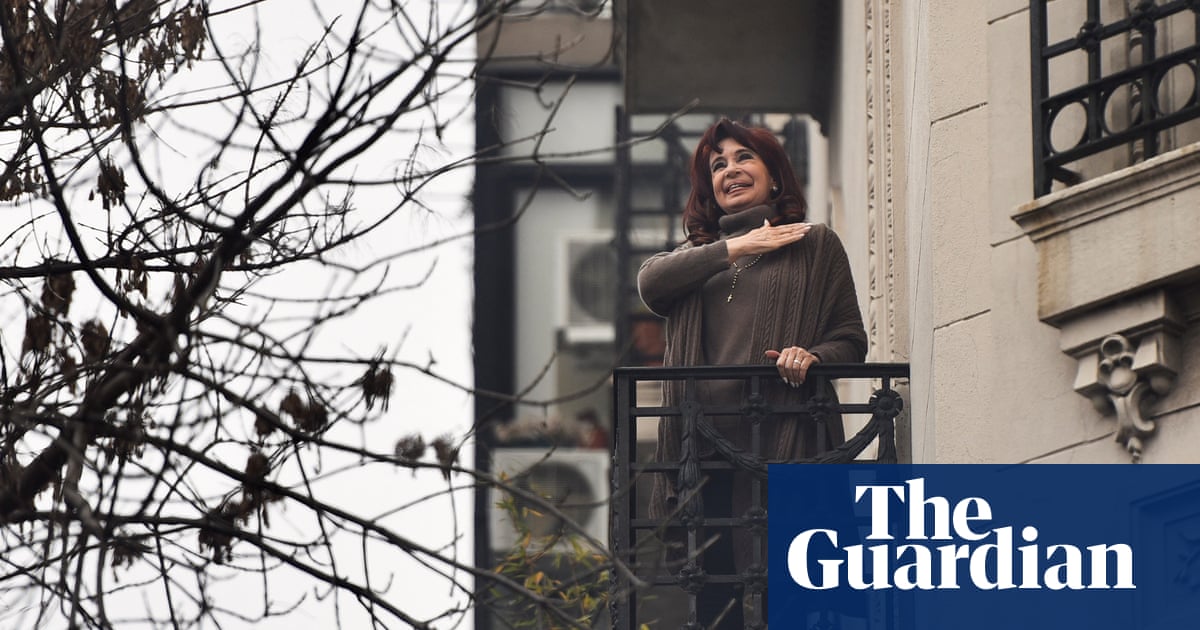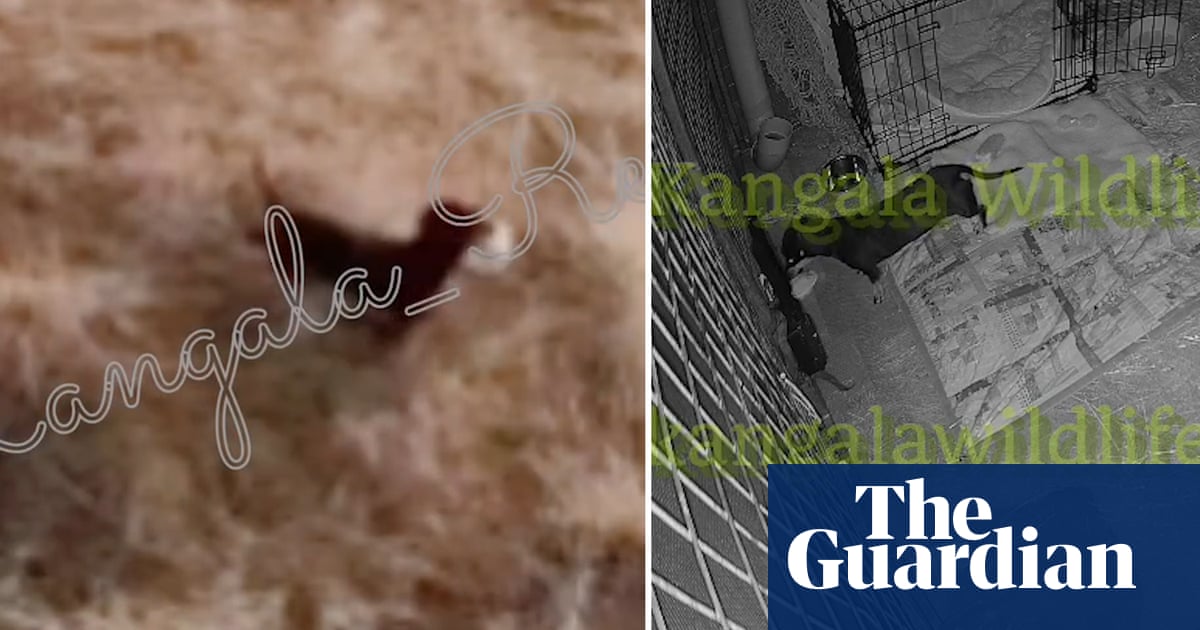At a visitor centre on the south coast of New Zealand’s capital, the blustery, briny wind is no match for the smell of thousands of decaying millipedes, which reek like decomposing vermin and rotting fish.
Along the streets of Wellington’s Ōwhiro Bay, dead curled up millipedes are piled up on the footpath, as live ones march along the street. One resident says her neighbours collected five rubbish bags worth of the creatures in a week from around their home.
“You’re constantly on guard. These things are everywhere,” Georgia Osborne says. “There have been times I’ve woken up with a millipede on my face.”
The infestation of Portuguese millipedes in the southern suburbs of Wellington has now become so bad that people are likening it to a “horror movie”, as they are forced to sweep away hundreds of the putrid-smelling critters from their homes and gardens each day.
The problem has become so bad that residents have called on authorities for help.
Osborne says the millipedes are attracted to light and the large street lamp outside her rental property lures them in by the thousands.
“The entire deck, the footpath, everything just swarms … every night we’re out there with a spray can trying to get rid of them.”
Osborne tries to avoid crushing them, because doing so produces a “yellowy- fluorescent” secretion that can stain, as well as an awful crunch and a “really bitter, pungent smell”.
“It’s really gross,” Osborne says. “It’s very alien-esque.”
The introduced millipedes are thought to have hitched a ride on ships or planes to New Zealand from Australia, where the creatures have similarly invaded homes and have even been blamed for causing train collisions.
The small, glossy black arthropods can grow between 20mm and 45mm in length and lay between 60 and 80 eggs at a time. They have no natural predators in New Zealand.
Biosecurity NZ says little is known about their ecological impact on the country’s native flora and fauna.
The millipedes are believed to have been in the Wellington area for about 20 years and have been identified in a number of regions, it said. But in the city’s southern suburbs the problem has reached plague proportions.
The millipedes have been present for a couple of months so far – longer than previous seasons, according to a local woman near the visitor centre.
“When they were in full force, they were mating and nesting up all the corners of the building, all up the walls,” she says.
“It’s like something out of a horror movie. They were just everywhere, covering everything.”

She now worries the millipedes will stow away on campervans that visit the popular tourist spot and spread around the country.
This season seems to be worse than usual, but the problem has been growing for years, another resident says. Locals are becoming increasingly frustrated the authorities are doing nothing to help manage the critters, she said.
“[We’re] saying ‘help, help’… and nothing,” she said.
David Hipkins, Greater Wellington Regional Council’s acting environment group manager, said the council had had two reports about the millipedes from two residents on the south coast, and it was not planning on managing the species.
“Portuguese millipedes are not listed as pests in the plan, so we do not have the mandate to formally monitor populations or undertake control efforts,” he said.
“Should millipede populations appear to be increasing in extent across the region, Greater Wellington may consider reviewing our response and the plan.”

Nureddin Abdurahman, a councillor for Paekawakawa/Southern ward, said residents in Southgate, Island Bay and Ōwhiro Bay had all reported infestations of millipedes and the problem was only going to get worse.
“Everyone is really frustrated with getting no response from local and central agencies and I’m joining … with them in calling for collaborative action.”
Abdurahman said the millipedes should be urgently listed as pests and be researched, monitored and contained, and that residents needed financial support to manage the infestation.
Until then, the plague continues.
“I can’t seem to escape them,” one resident said. “They are even in my dreams … or should I say nightmares.”

 1 month ago
39
1 month ago
39

















































